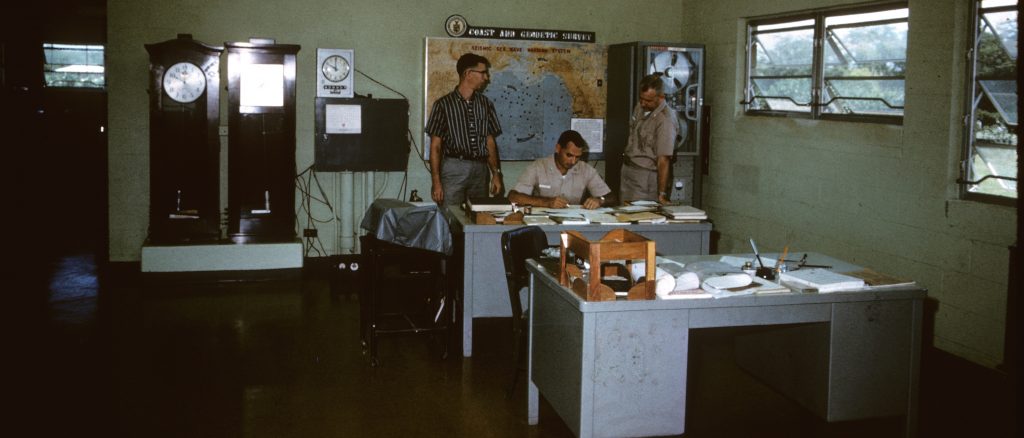In 2019, the Presidential Innovation Fellows program continued as usual for its seventh year, welcoming a highly accomplished class of innovators, technologists and entrepreneurs to government for 12-month assignments across a range of agencies. And yet this year, a new entry shook things up.
Sarayu Srinivasan, a Presidential Innovation Fellow (PIF) at the National Institute of Standards and Technology (NIST), is a new entry to the program, and a new type of PIF. Srinivasan joined the program as a venture capitalist and technology investor from the private sector and is charged with improving industry links to federal research.
A new type of PIF, and government mentality generally, is what the program designated to further a key component of the President’s Management Agenda – advancing Lab-to-Market (L2M) technologies, or Cross-Agency Priority (CAP) Goal 14. Every year, the federal government invests $150 billion in research and development (R&D) at federal laboratories, universities and research organizations, according to the White House, but these technologies can pass under the gaze of key economic market players. CAP Goal 14 aims to improve partnerships between the federal government and investors by reducing barriers for backing late-stage R&D from the private sector and encouraging market adoption. The federal government would help to stoke interest in R&D.
“It has been pointed out a few times that my role – having an in-house VC [venture capitalist] on board – and hire was checking a box, so I guess that is progress,” Srinivasan told GovLoop in an exclusive interview.
Working within the Technology Partnerships Office at NIST, Srinivasan provides thought leadership and advice to partnering agencies, while helping to develop strategies that will recruit private equity firms and venture capitalists to buy into federally-funded research. Part of capturing this audience was fielding someone who knew the landscape, Srinivasan said.
The White House holds regular L2M committee meetings that gauge the progress of the L2M CAP goal. Aside from reaching out to investors and capitalists, going forward, the federal government also plans to host forums where industry can see the promise and prospect of research investment. Summits, publications and other touchpoints are all possible avenues to encourage industry input.
Srinivasan also works as an advisor to federal agencies, consulting with agencies across the federal landscape. A key part of promoting federal research has been balancing the many priorities of individuals and departments within the bureaucratic system, Srinivasan said. The Energy Department, for example, contains 17 labs, all with independent missions, structures and systems.
“It is quite incredible when you think about all the moving parts that must come together for things to happen in government,” Srinivasan said. “It will take many incremental changes to achieve a large improvement to the overall system.”
The flexibility of the PIF program, which is housed in the U.S. General Services Administration, ideally suits the intergovernmental requirements of forging an R&D strategy that spans government and appeals to investors. PIFs have the freedom to “color outside the lines” and take a few risks during the tenure of the program, Srinivasan said.
Working across government was a major attraction to Srinivasan. While many PIF positions are scoped to solve a specific problem in one agency, her role throughout government is relatively unique. Coming into the governmental web, she said she’s in a perfect position to share her knowledge and have a far-reaching impact – something that she is passionate about because of her and her family’s history as educators.
The PIF program is also a chance for the government to educate the private sector and the public about the importance of federal research, which has spawned watershed technologies in the country’s history, Srinivasan said. Federal research or federally funded research has led to the inventions of GPS, solar panels, cancer therapies, modern water purification and the internet. NIST, which is considered one of the first federal labs, boasts five Nobel prizes and has headed up countless inventions that have made their way into civilian life.
“I’m hoping that everyone – investors and industry first, then the country at large – can become more aware of the huge role that the government has played in almost every innovation and technology we use,” Srinivasan said. “In so many cases, if a technology didn’t directly come from a federal lab’s extramural or intramural programs, it was most certainly touched by something that did. That homegrown innovation is vital to our economic and national security, and I’d like to see the country continue to ramp up its support.”
